Coastal Resilience Planning for Small Islands
Overview:
James C. Schwab, FAICP
Jim Schwab Consulting LLC
Immediate Past Chair, APA Hazard Mitigation and Disaster Recovery Planning Division

Our Panel:
• Jim Schwab, FAICP, Moderator/speaker
• Bruce Stiftel, FAICP, Georgia Tech
• Carol Archer, University of Technology, Jamaica
• Whitney Gray, Michael Baker International
My Own Island Overseas Experience:
• Dominican Republic (2000 -2001)
• Sri Lanka (2005)
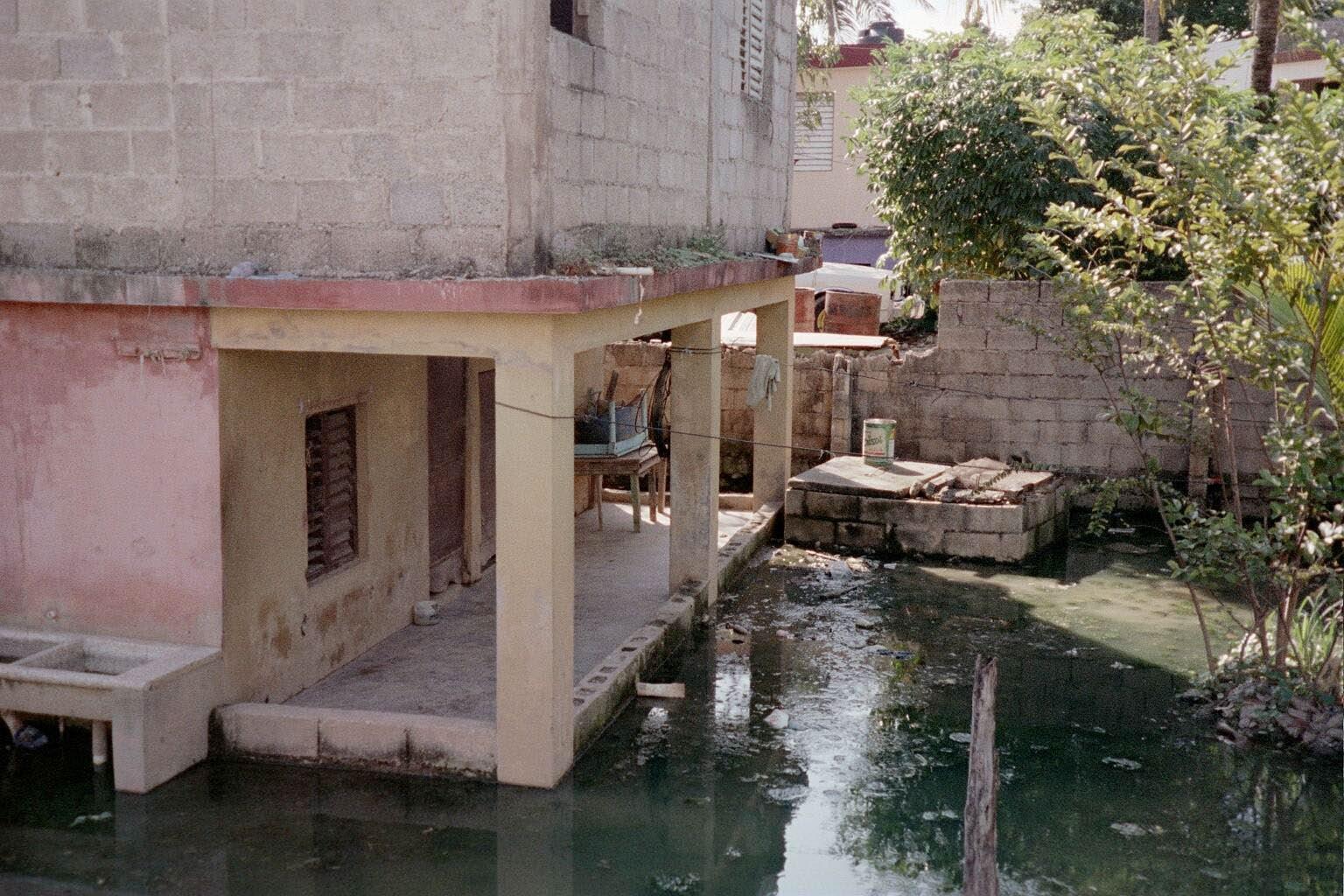
• Taiwan (2006)
• New Zealand (2008)
Key Issues Intersect with Geography
• Caribbean/Gulf of Mexico:

o Hurricanes and tropical storms
o Earthquakes (DR, Puerto Rico)
o Volcanic islands (Eastern Caribbean)
• Pacific Rim:
o Hurricanes/Typhoons and tropical storms
o Volcanic islands (Philippines/Indonesia/NZ/Hawaii)
o Earthquakes (Japan/Indonesia/NZ/US West Coast)
o Tsunamis (throughout region)
Dominican Republic
Key Planning Issues:
• Lack of domestic planning profession; heavy reliance on architects and engineers
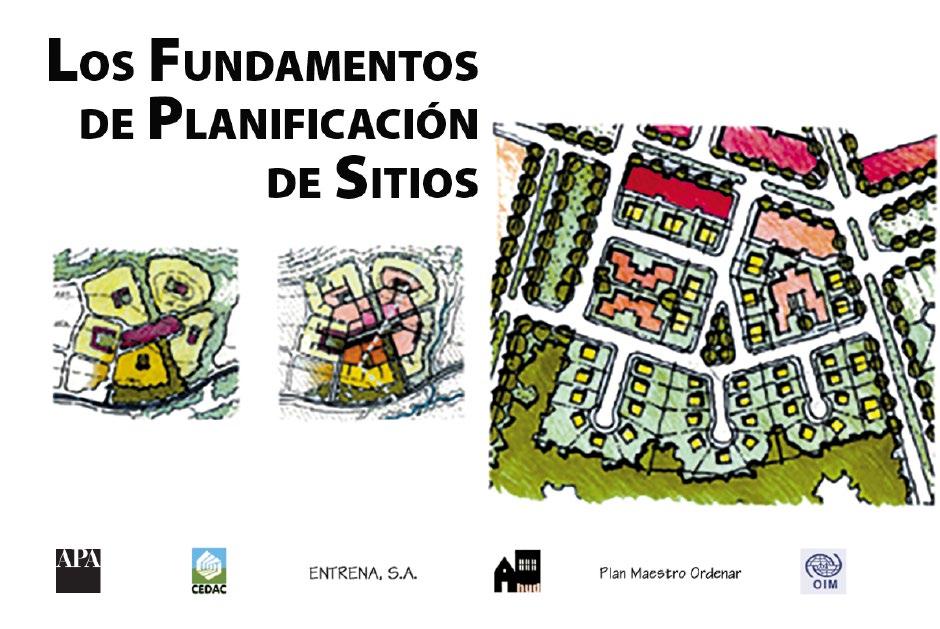
• Highly politicized environment with weak civil service system
• Moderately poor nation sharing island with desperately poor Haiti
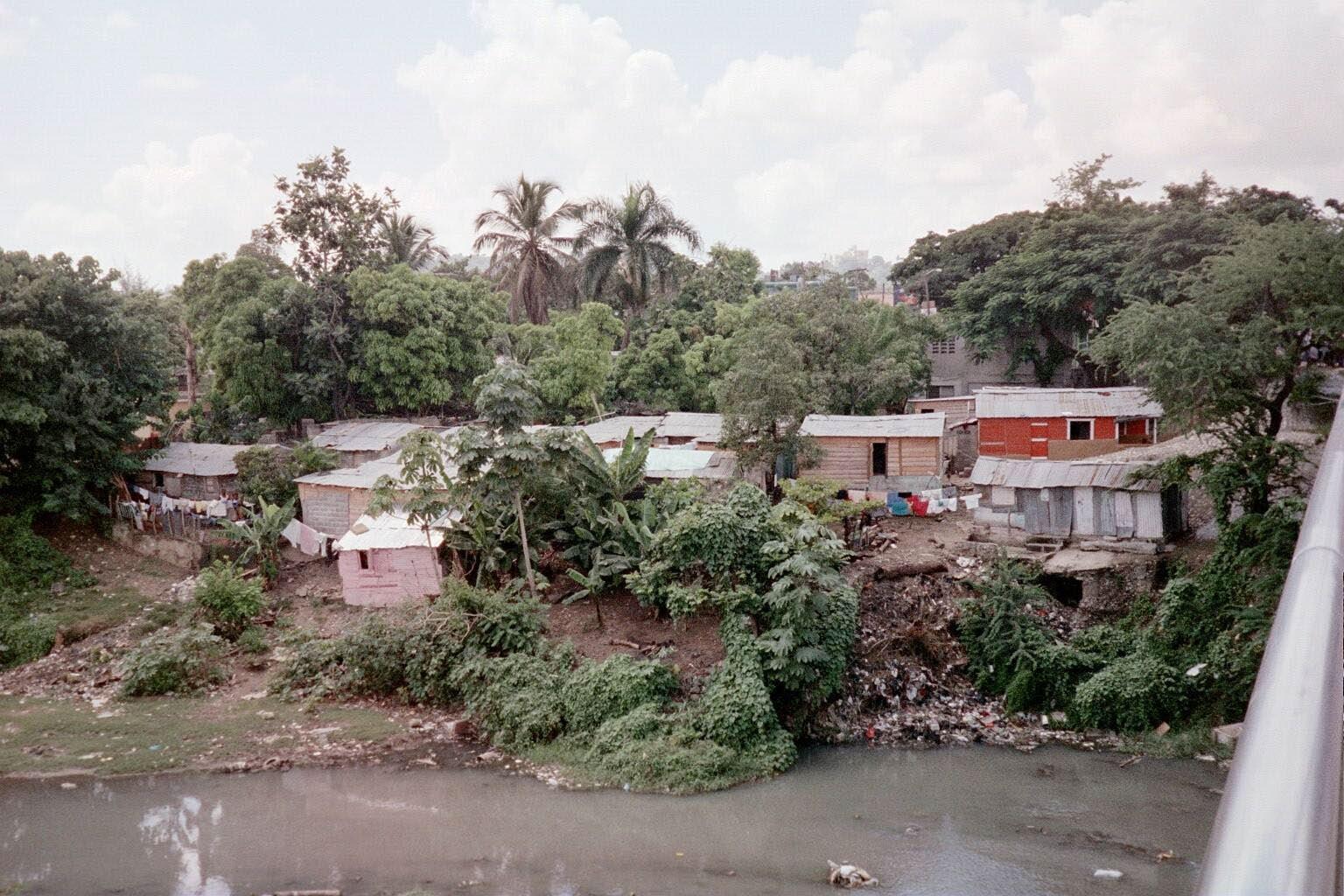
• Need to modernize and improve environment
• High vulnerability to wind, water, geologic hazards
Sri Lanka
• Invited by Sri Lankan Institute of Architects; US team multidisciplinary
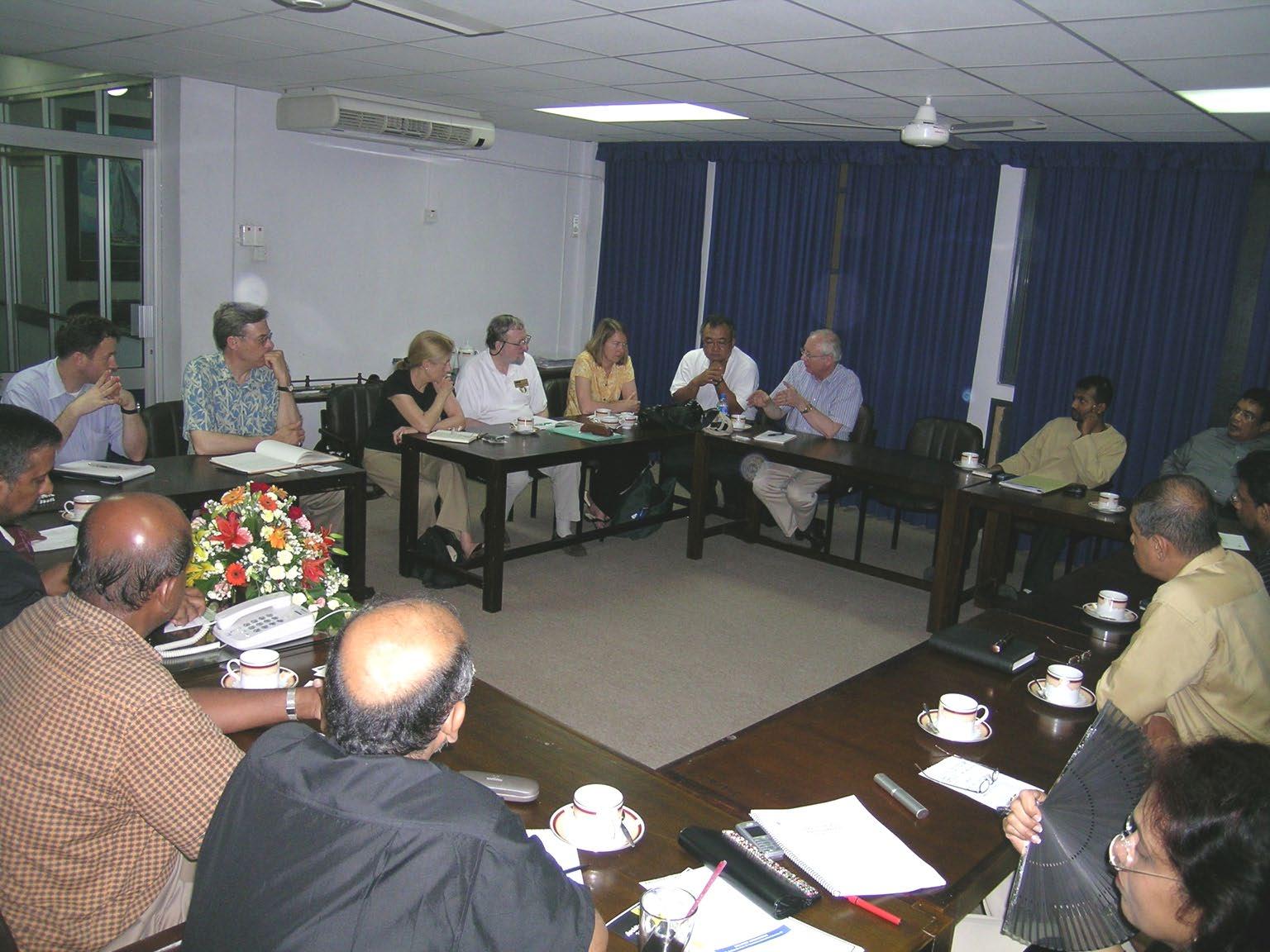
• Serious challenges posed by civil war with Tamil Tigers (since ended)
• National regulatory system not well geared to technical challenges
• Planning profession non -existent or nascent at best
• Governmental corruption and public distrust have overshadowed any subsequent focus on resilience
• Tsunami waves move at jet speed (500 mph)
• Estimated arrival time in Sri Lanka: 2 hours +
• Wrap -around time to western coast: 20 minutes
• No warning system existed in Indian Ocean
• Source: http://staff.aist.go.jp/kenji.satake/animati on.gif
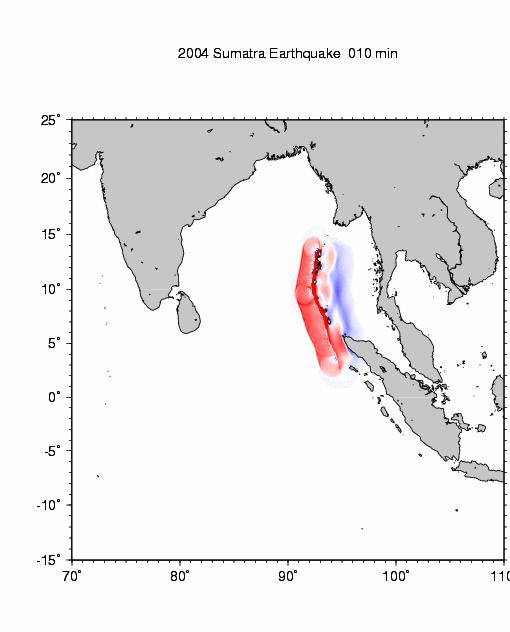
Impact of Tsunami
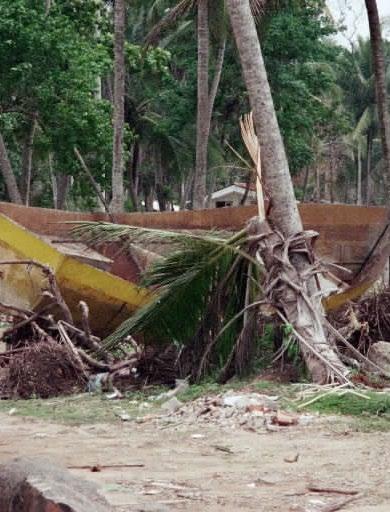
• Estimated 400 -year event
• 35,000 deaths
• 99,000 homes destroyed
• More than 150 schools destroyed
• Estimated property loss $1 billion
Taiwan
Key Planning Issues:
• Movement from emergency management focus toward planning
• Heavy reliance on technological solutions shifting to natural
• Challenges related to both tropical storms/typhoons and geologic instability, both earthquakes and landslides, plus floods
• Basic law passed in 2000: Disaster Prevention and Response Act, amended in 2010 after Typhoon Morakot, with planning requirements
File:2018 Earthquake In Hualien City Taiwan (Wikimedia Commons)
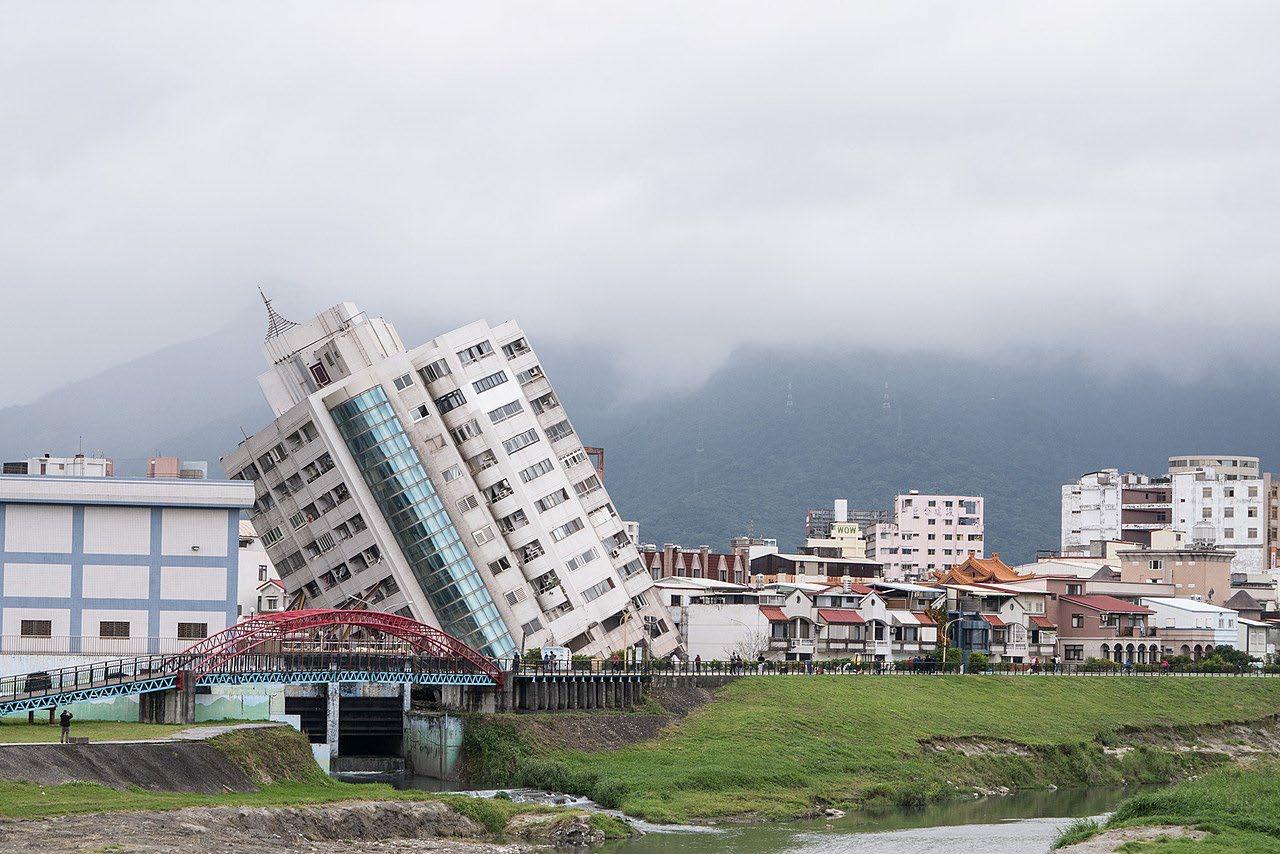
New Zealand
Key Planning Issues:
• Professional planning focus aids holistic approaches
• Technical and engineering skills address some hazards
• “Landscape of hazards” means a wide array of geologic, flooding, and cyclone issues are in play; consequences can be serious to catastrophic
• Solid legislative and regulatory framework for building resilience
• Significant international exchange of expertise with U.S., Japan, etc.
Damage to library at University of Canterbury in Christchurch from earthquakes, 2010 -2011; below, dust cloud moves toward city


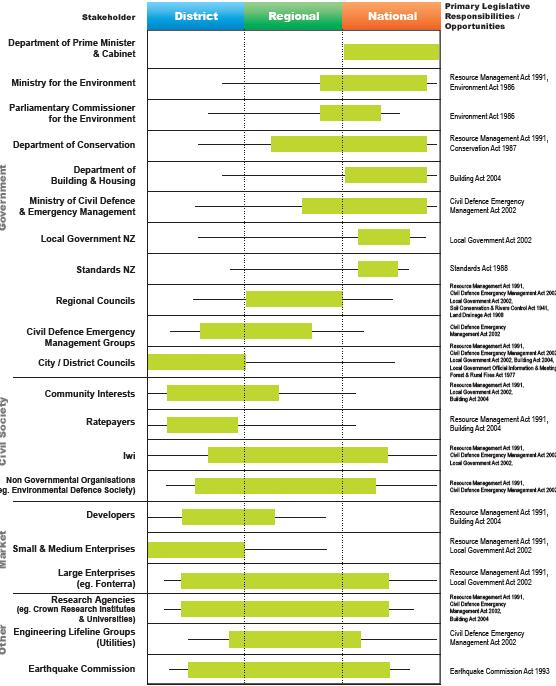
And now for our main presenters
• For more information:
James C. Schwab, FAICP
Jim
Schwab Consulting LLC
E-mail: jimschwabfaicp@outlook.com
Website: www.jimschwabconsulting.com
Blog: www.jimschwab.com/Hablarbooks












